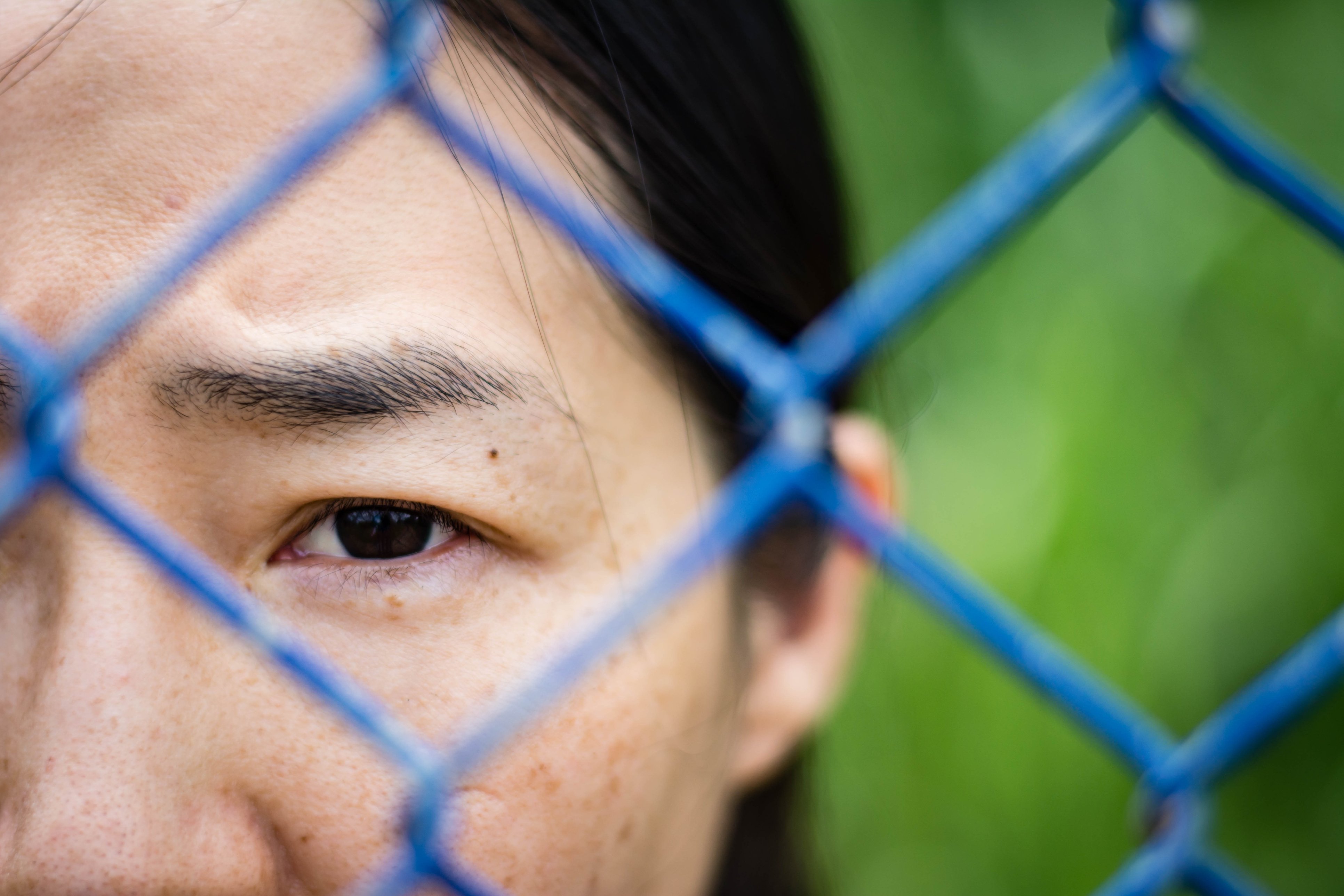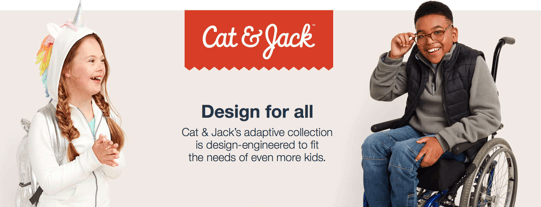 An article from the American Journal of Nursing notes the precise numbers are impossible to determine but, it's estimated that between 600,000 and 800,000 adults and children worldwide are trafficked across international borders annually and made to work under brutal and inhumane conditions.
An article from the American Journal of Nursing notes the precise numbers are impossible to determine but, it's estimated that between 600,000 and 800,000 adults and children worldwide are trafficked across international borders annually and made to work under brutal and inhumane conditions.
Human trafficking is defined by Homeland Security as "modern-day slavery and involves the use of force, fraud, or coercion to obtain some type of labor or commercial sex act."
Nurses are more likely to come in contact with human trafficking victims during the time of their exploitation than any other profession, but very few are identified by staff and helped to find safety according to Johnson & Johnson Notes on Nursing.
Danielle Jordan Bastein, an ER Nurse at Henry Ford Hospital in Detroit, Michigan created a new screening protocol to help identify trafficked individuals. She says more than 90% of trafficked victims have some type of contact with health care workers, but fewer than 1% has been identified in a health care setting.
She told a local Detroit news station how the screening protocol worked. "It is a multiple step process and it involves mostly nurses," she said. "What happens is, as soon as you make contact to our area you go through triage. Based on the education the Nurses have, and also the Physicians, and they are triaging this patient and they say, you know what, something doesn't seem right, I am going to flag them."
Once the patient has been flagged, the primary Nurse is alerted and conducts another assessment with specific questions.
Some signs Danielle points out include "A lot of the things we look for is an inconsistent story," she said. "If there is abuse, torture or neglect signs with that person; if they aren't holding their own ID or money. If the person with them is refusing to leave while they answer or is answering questions for them."
"If the person is identified as a victim of human trafficking and agrees to receive help, authorities are alerted and they are given safe housing, necessities and transportation."
As of January 24, 2019 the news station said Danielle's program has saved 17 victims so far and she hopes other hospitals will implement her screening.
We applaud Danielle’s initiative and creativity because she devised a very useful tool to help identify these victims. You can also find training at SOAR (Stop, Observe, Ask, Respond) https://www.acf.hhs.gov/otip/training/soar-to-health-and-wellness-training. Soar is jointly provided by Postgraduate Institute for Medicine, the U.S. Department of Health and Human Services, and the National Human Trafficking Training and Technical Assistance Center in collaboration with the Administration for Children and Families, Office on Trafficking in Persons and Office on Women’s Health.
Resources:
If you know of human trafficking or are a victim, call The National Human Trafficking Hotline (888) 373-7888.
You can also text at 233733, text "help" or "info" hours: 24 hours, 7 days a week. The website: humantraffickinghotline.org.



 As you know, Nursing is a demanding profession that requires a lot of dedication and commitment. The field has challenges that you must constantly work to overcome.
As you know, Nursing is a demanding profession that requires a lot of dedication and commitment. The field has challenges that you must constantly work to overcome.
 Illness is blind to race, gender and ethnic origins. Since you are in the business of caring for others, it's critically important to ensure that clinicians, executives and even members of the governing boards, accurately represent the communities you serve.
Illness is blind to race, gender and ethnic origins. Since you are in the business of caring for others, it's critically important to ensure that clinicians, executives and even members of the governing boards, accurately represent the communities you serve.  The eight-minute film, titled
The eight-minute film, titled  Over the past few years, themed
Over the past few years, themed 
 The New York City Department of Small Business Services is launching a Nurse residency program that provides increased on-the-job training and mentorship i
The New York City Department of Small Business Services is launching a Nurse residency program that provides increased on-the-job training and mentorship i According to
According to 



